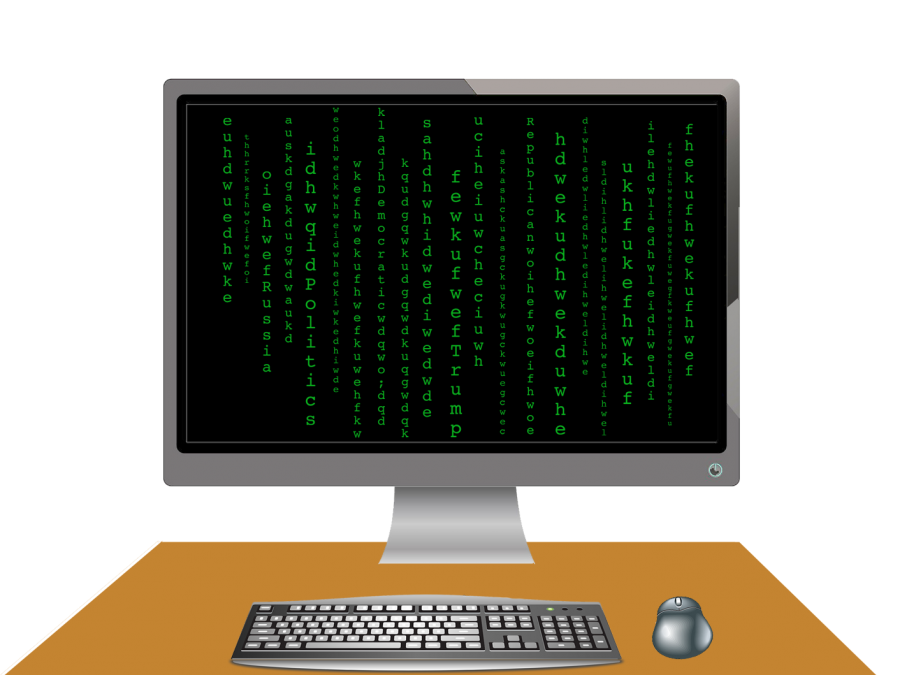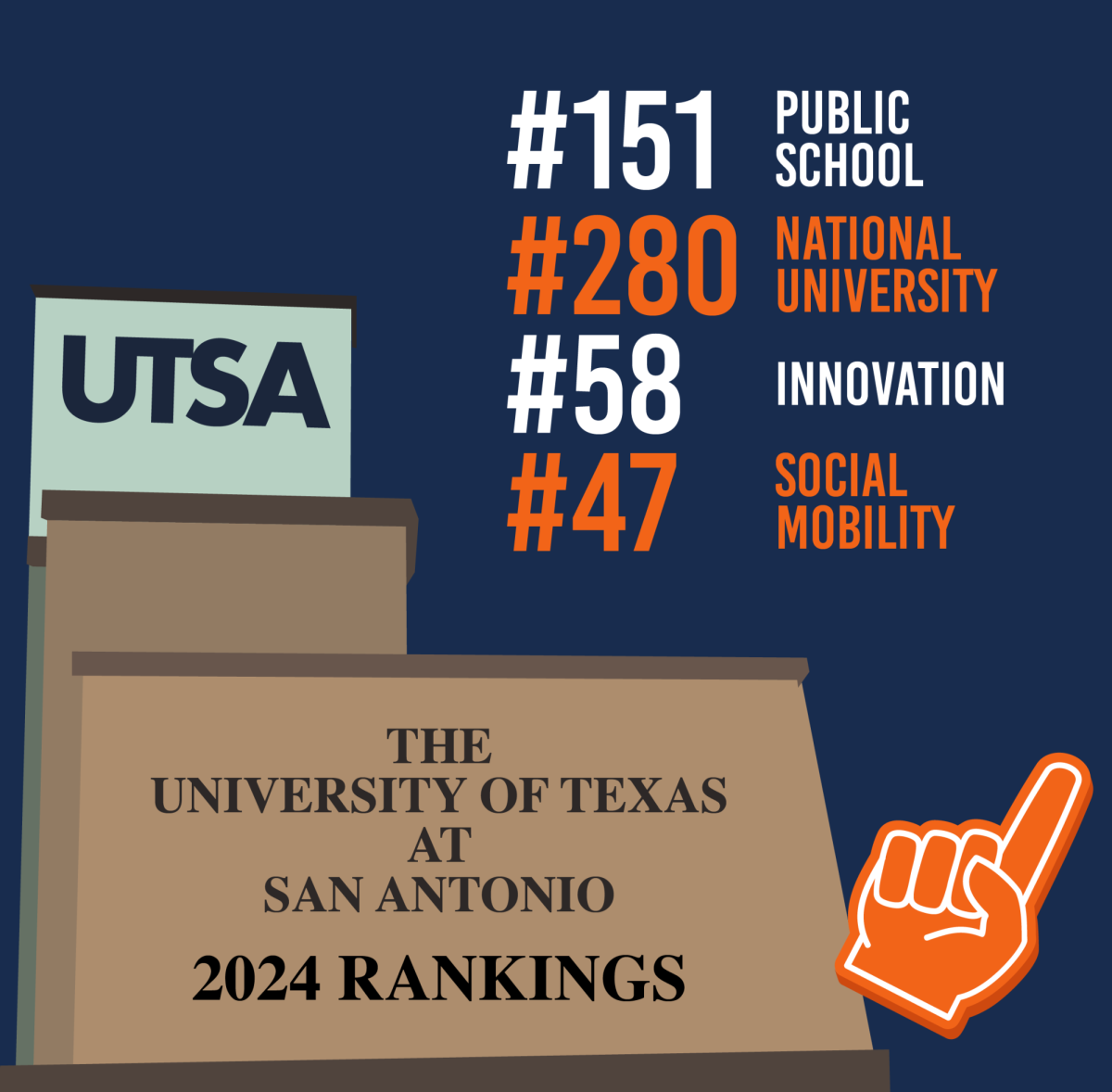Raymond Choo, associate professor of information systems and cybersecurity, is a new faculty member to the College of Business this year. Before coming to UTSA, Choo spent five years working at both the University of South Australia and the Australian Institute of Criminology. Choo, along with PhD student Jian Peng and professor Helen Ashman at the University of Australia, have conducted extensive research relating to “astroturfing”— a misleading sense of consensus created by online posts across multiple accounts operated by a single person or organization.
Choo’s research group initially focused on “user behavior.” They researched factors such as keystroke speeds and mouse use in order to pinpoint a social media or network user in security contexts. However, they discovered that it may be practical to detect the origin of several portions of text on social media using n-gram analysis. N-gram can be described as a sequence of “n” elements from an arrangement of text. Choo explained that n-gram analysis has been widely used to extract writing styles as it captures both low-level features such as lexical and syntactic information and high-level ones such as semantic and content-specific styles. N-gram has also been used to analyze unknown source code.
In their first study, Choo and the other researchers collected user postings from a multitude of online news and opinion websites with moderated discussion for a set amount of time. Then, they proceeded to extract the author’s linguistic features from the text of their postings and accumulated into profiles using n-gram. From this research, they were able to confirm the origin of the text in the different forums that they collected postings from. However, the research team discovered that there was not sufficient evidence to discriminate astroturfers from the amount of authors that they studied. Alternatively, the research suggested that the posters were definitive individuals.
“The selected data was not extensive enough to capture any astroturfer activity, and it is possible that astroturfers will not generate such extensive text for each account they operate,” Choo said. In an additional study utilizing new data from additional online news and opinion sites, Choo and his research team concluded that numerous users were employing multiple accounts.
According to Choo, cybercrime is a rapidly growing form of crime that is limitless.
“The pervasive interconnectivity of systems, including those used in our ICT-connected critical infrastructure sectors, are potential vectors that can be exploited by actors with malicious intents, ranging from cyber criminals acting alone to organized groups of financially-, criminally- and issue/ ideologically-motivated crime groups to state sponsored actors,” Choo said.
He believes that the imminent danger to US cyber security is intensified by the low cost of entry into cyber space and the ease of constructing malicious software. Some of his own research has demonstrated that sensitive data can be withdrawn from several devices ranging from 3D printers to cell phones. Explaining the pace of technological innovation, Choo stated that a secure cyber space is made possible only if cyber security professionals possess up-to-date knowledge, skills and experiences. He credits UTSA for playing an integral role in the cyber world through research and education.






